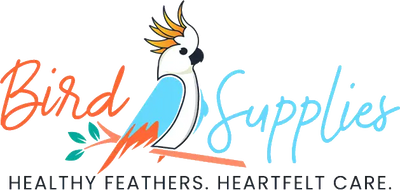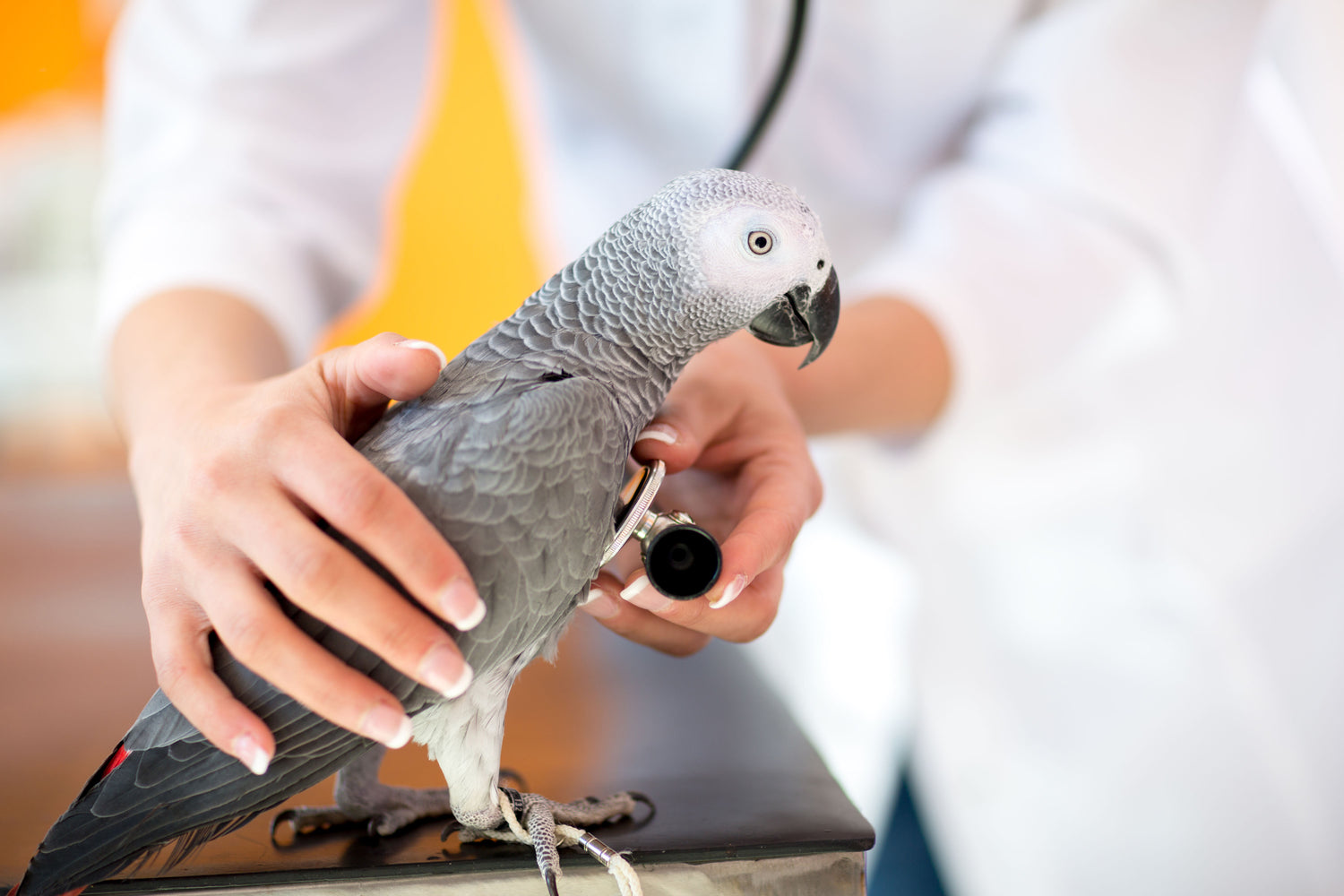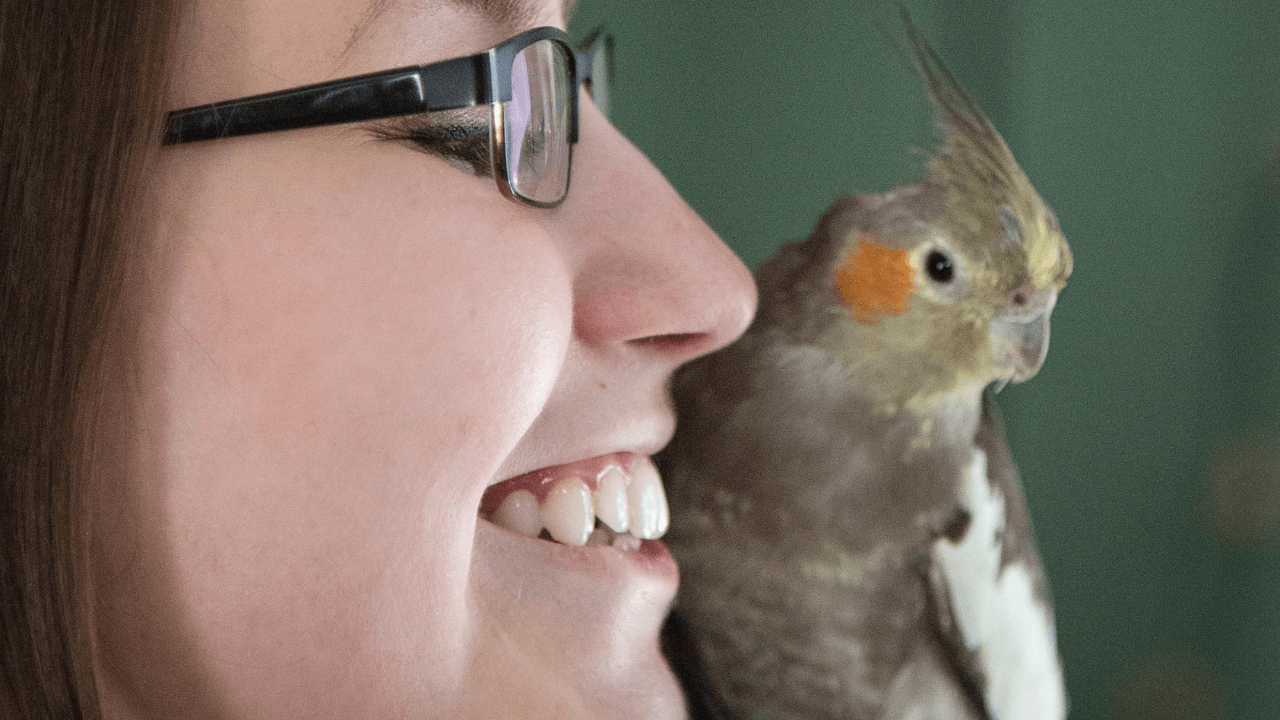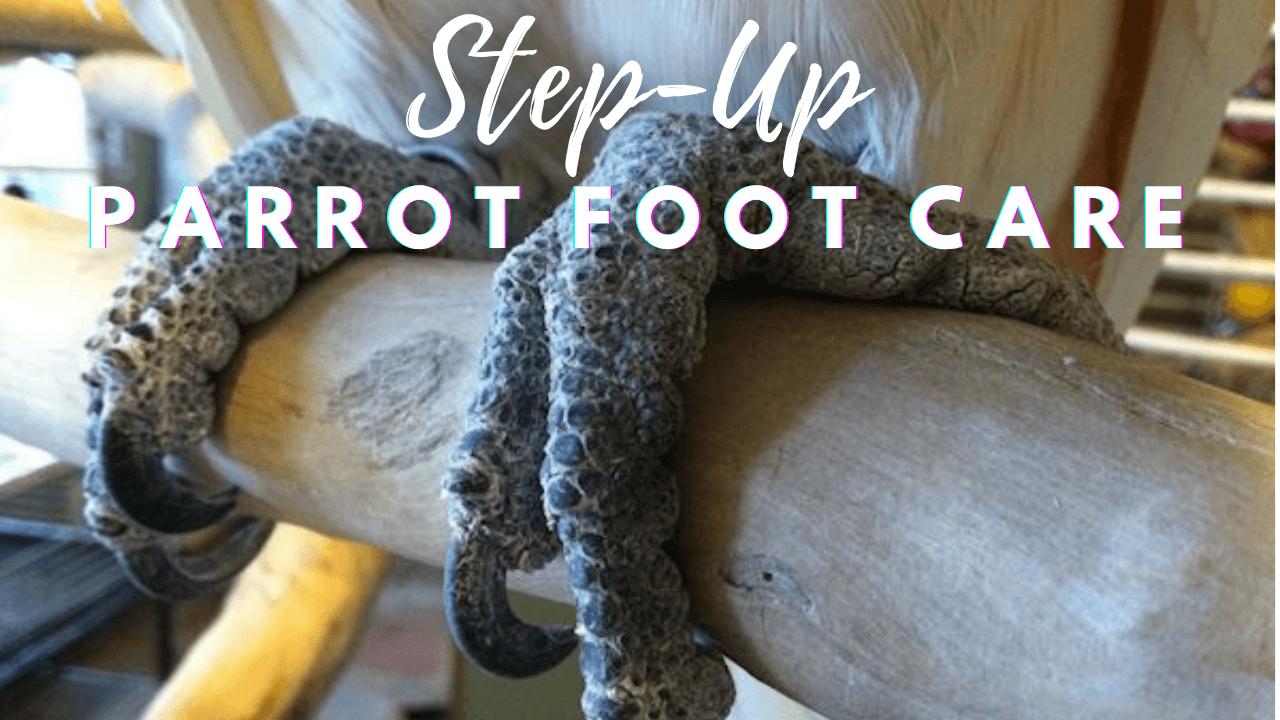Table of Contents
Pet birds make amazing companions; they can talk and sing, and they provide their owners with tons of love and affection. But some birds become nervous, making training them a bit more challenging than it would otherwise be. Some birds can begin to feel anxious over time for a number of different reasons. Others have been mistreated, improperly cared for, or even re-homed. While you shouldn’t be discouraged from adopting a nervous bird, you may want to keep in mind that there are things to consider if you plan on keeping one as your pet.
Here are four bird training tips to help your nervous bird. As a guide, get the Clicker Training For Birds book and a clicker.
Why are some birds so scared?
There are many reasons why some birds become nervous and anxious. Some common causes of anxiety in pet birds include:
- Not being handled much as a baby
- Being housed with other birds that may bully them
- Dealing with an unpleasant environment, such as poor cage conditions, a poor diet or too much noise around them
- Trauma from being re-homed, an accident, or sickness
- Or, it could be that your bird is just born with an overly cautious personality.
Dealing with a scaredy-bird: First things first; take your nervous bird to the vet for a good check-up. The bird could have some nutritional deficits, be in pain, or any number of issues.
If your bird is running around like a nervous wreck whenever you walk into the room, step back and figure out how far away you need to be from your bird for it to feel safe.
Tip #1 : Gain your bird's trust with proper care.
How do you train a bird not to be scared?
One thing you could try for your bird's stress and anxiety is a way called Systematic Desensitization. Here's how to do it!
One thing you could try for your bird's stress and anxiety is a way called Systematic Desensitization. Here's how to do it! Figure out how far your bird needs you to be so that it feels safe. Do you need to be 6 feet away?
Once you've figure out that distance, approach your bird, click the clicker, and leave the room. The idea is for your bird to associate the click sound with feeling safer. Do this repeatedly.
Next, stand the usual "safe distance" and stay quietly for a few seconds before clicking and leaving. Make sure to not intimidate your bird, turn your back, don't stare at it, wait a few seconds, then click and leave. Slowly increase the time until your bird can "stand you" for about a minute.
Once your bird stays calm with you standing there for about 15 seconds its time to switch things up! Now, click and leave at the first sign of relaxation.
Little by little, work up the "relaxation requirements in terms of time and proximity. Always keep things calms and positive.
Tip #2: Use systematic desensitization to grow trust.
How do you get a scared bird to trust you?
They say systemic because you build a system or routine that will continue to develop over time. It's critical to keep the practice sessions short and frequent. I'm talking 5-minute sessions, 2-5 times a day. Over time, with repetition and consistency, he will learn to recognize that when he is calm, you are leaving the room. This is the first step in realizing you aren’t posing any kind of threat and eventually, he will stop getting so anxious around you.
It’s also important that you not do anything unusual or startling; if he associates these novel things with something scary (like people suddenly pulling out their camera), it could only make his behavior worse!
It’s also helpful to mimic your bird’s body language. If he leans left, give it a go as well and see if he responds positively; be careful though, to watch his body language! The idea is to slowly establish a bond according to his needs.
Tip #3: Take baby steps and train several times a day for very short periods of time.
How do you train a traumatized bird?
Birds are highly intelligent exotic animals that rely on their natural instincts. And, with that comes a tremendous care responsibility. Without proper care, no bird will thrive. If you've rescued or re-homed a bird, keep in mind that it may have been mistreated or traumatized so you'll have to work slowly to desensitize the bird overtime.
Once your bird lets you come a little closer, start working on increasing the time before you reward your bird by leaving the room. Start by standing in place for 2 seconds and work your way up to to 15 seconds.
Keep lengthening the time and shortening the distance until you can walk up to the cage and drop a treat in the bowl. Now, you've turned a corner. Your bird can start associating you with favorite treats.
Tip #4: Log your progress.
How long does it take for a bird to bond with you?
Every bird is different and it can take anywhere from several hours to several weeks before you start seeing significant signs of trust. A bird that has been mistreated or traumatized may take months to bond with you.
One thing to keep in mind as you wait: Birds are creatures of habit, so keep taking baby steps to expand your bird's comfort level. Pretty soon, you'll be able to drop a treat in your birds dish without it freaking out. Now, you've graduated to a higher level of trust!
In conclusion, calming a nervous bird is highly achievable. Improve parrot wellness – particularly in terms of diet, exercise and sleep. Then, use clicker training to teach calm behavior.
Related Posts:
Understanding Bird Stress and How To Calm Your Bird Down
5 Essential Ways To Reduce Bird Stress
6 Tips For Using Calming Bird Medicine
Understanding Parrot Stress and What To Do About It
Diane Burroughs, LCSW is a licensed psychotherapist trained in ABA therapy techniques. She specializes in avian anxiety disorders and is certified in Nutrition For Mental Health. Diane has written a number of bird behavior books and she offers behavior consultations. She's developed a range of UnRuffledRx Science-backed Parrot Wellness Supplies.
Diane's products have been featured in the Journal of Avian Medicine and Surgery and at Exoticscon, a conference for exotic pet veterinarians. Her bird collars & supplements are stocked in avian vet clinics and bird stores throughout the US. With over 30 years in the field of behavior, Diane has created thousands of successful individualized behavior plans that help pets thrive.
TAGS: #NervousBird #HowToTameABird #ParrotCalmingFormula
SHARING IS CARING! PLEASE SHARE ON YOUR FAVORITE SOCIAL MEDIA NOW!





